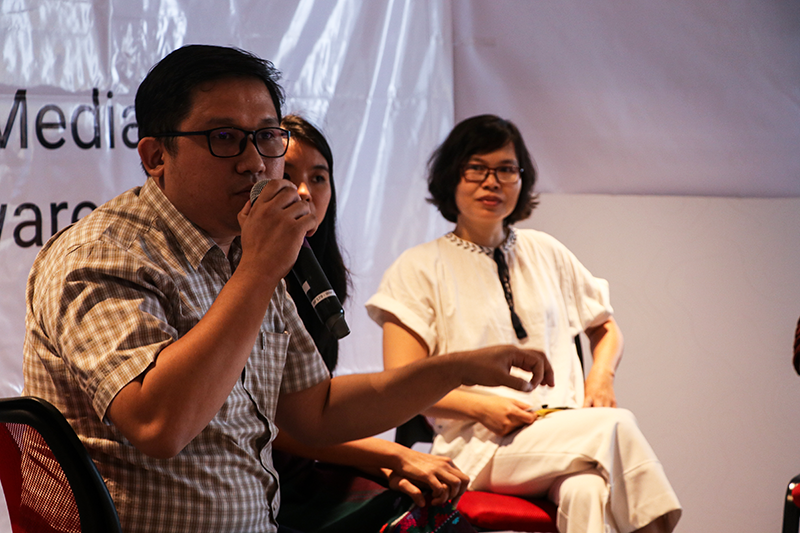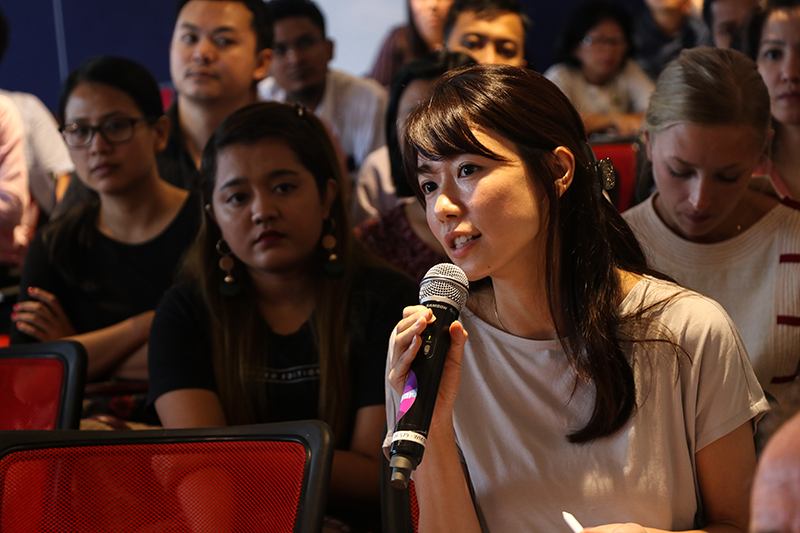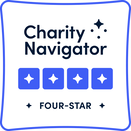 Left to right: Dr. Hein Ko Ko, Deputy Director (Technical Unit of TOP), Population Services International; Saijai Liangpunsakul, ICT & Innovation Advisor (UHF Project), Community Partners International; Tham Tran, Senior Marketing and Communication Manager, PATH-USAID/Healthy Markets; and James Repdos, Digital Director, Havas Riverorchid Myanmar. Photo: Community Partners International Social media has been under the microscope recently for all the wrong reasons. However, it can have positive applications, and significant impacts, as a tool for public health awareness. On May 28, 2018, the USAID HIV/AIDS Flagship (UHF) Project hosted a panel discussion in Yangon entitled, ‘Social Media for HIV Awareness’ to explore a key question: How can digital and social media be used to reach and engage key populations for HIV prevention, testing and treatment services? Organized by Community Partners International (CPI), the discussion focused on ways of utilizing social and digital media to engage and accelerate HIV service uptake among key populations including men who have sex with men (MSM), transgender persons (TG) and female sex workers (FSW). Moderated by CPI’s ICT & Innovation Advisor (UHF Project) Saijai Liangpunsakul, the panel featured social and digital media experts including: Dr. Hein Ko Ko, Deputy Director (Technical Unit of TOP) at Population Services International (PSI); James Repdos, Digital Director at Havas Riverorchid Myanmar; and Tham Tran, Senior Marketing and Communication Manager at PATH-USAID/Healthy Markets in Vietnam. Scroll below for some key takeaways from the panel discussion. 1. Identify and work with your target audience to design an effective HIV-awareness campaign. To kick off the discussion, panelists were asked what should be the starting points for organizations interested in developing HIV-awareness campaigns. “The target audience needs to be at the center of all our strategic approach,” said Tham Tran, who has led campaigns to increase use of HIV services among MSM and transgender persons in Vietnam. She identified three questions that all organizations should ask before implementing projects: Who is the target audience? What is the right (i.e., relevant) content? What are the channels that can be used to reach the target audience? Adding to Tham Tran’s comments, Dr. Hein Ko Ko emphasized the importance of working with the target audience. In regards to TOP Center Myanmar’s Facebook page, Dr. Hein Ko Ko explained that the page started out with members of the MSM community who understood the community’s needs within the local context. “We hired community members, so they really know the situation. They understand the [concerns of the users] very well,” he said of employees’ understanding of health issues and concerns. 2. Get creative in your approach! Sure, organizations can raise awareness through content, comments and referrals, but what are some other possible options that could be used to accelerate reach on Facebook? TOP Center Myanmar, which is currently raising awareness about its TOP clinics through posts, as well as a chat bot, is currently developing a strategy for cyber educators in order to reach more FSWs. The cyber educator Facebook account would be clearly affiliated with TOP, and managed by a knowledgable TOP staff that is also a member of the key population. The role of the cyber educator would be to share health messages, conduct online outreach and provide referrals to TOP clinics, which provide the full HIV prevention, care and treatment cascade. “The advantage of a cyber educator is that we can act like a person, exchanging messages,” said Dr. Hein Ko Ko of cyber educators. “We can be more personal,” he added of the benefit of being able to add friends unlike pages. Currently, TOP Center Myanmar has one MSM cyber educator. 3. Challenges remain in reaching PWIDs. When asked how organizations might reach more PWID clients, panelists acknowledged the challenges of engaging PWIDs online in Myanmar due to difficulties in effectively measuring online engagement. However, as a first step to a possible broader communications strategy, James Repdos offered the suggestion of creating a simple survey that might provide insight on PWIDs’ online behavior, such as how much time individuals spend online and frequently visited websites. Tham Tran also noted the lack of engagement by PWIDs in Vietnam, where drug use is illegal, and discussed the need to identify other channels of engagement. Sharing her experiences in Vietnam, she discussed how community-based organizations led by PWIDs can create a small group for PWIDs on Zalo—a popular messaging app in Vietnam—to disseminate information about HIV prevention, testing and treatment services. She also talked about identifying other channels actually used by PWIDs, such as TV, and her experiences collaborating with local stations to develop programs that promoted HIV services. 4. Don’t forget to tailor your content for the platform.
In regards to rising trends in Myanmar, James Repdos noted the popularity of dating apps such as Grindr and Tinder, and the potential use of these apps to increase awareness about HIV, depending on the target audience and their online behavior. Tham Tran, who led Pre-Exposure Prophylaxis (PrEP) and HIV Self-Testing (HIVST) campaigns in collaboration with Grindr in Vietnam, discussed the importance of differentiating between MSM clients, for instance, on dating apps and Facebook pages such as the Rainbow Village Facebook page [1]. “Our task is to understand the client of Grindr because the client on Grindr would be different than the client on our Rainbow Village Facebook. What they like is different from what our clients on our Rainbow Village Facebook like,” she said of the importance of recognizing differences within the community, depending on the platform. “We need to adapt our image to tailor it to Grindr. We need to adapt our language to tailor it to Grindr.” 5. Remember that social media is only a tool, not an agent of change. While it may be exciting to take advantage of all the rising trends in social and digital media in Myanmar, Tham Tran emphasized the need to always start from the target audience and their topics of interest, and build a strategy around that, rather than starting from the social media platform itself. “Social media is a tool; it’s not an agent of change,” she said. “We are the programmers, we are the agents of change, not the tool.” The USAID HIV/AIDS Flagship (UHF) project is funded by USAID under the U.S. President’s Emergency Plan for AIDS Relief (PEPFAR) through UNAIDS Myanmar and managed by Community Partners International (CPI). Footnotes [1] Under Tham Tran’s guidance, the Rainbow Village Facebook page gained around 230,000 followers and became a trusted source of information on HIV for MSM in Vietnam. Comments are closed.
|
AuthorCPI Admin Archives
July 2024
Categories
All
|
|
|
COMMUNITY PARTNERS INTERNATIONAL
580 California St Fl 16, Ste 1658, San Francisco, CA 94104-1068, USA [email protected] +1 510 225 9676 We are a registered nonprofit 501(c)(3) Public Charity. TAX ID 94-3375666 |
©
Community Partners International



 RSS Feed
RSS Feed
